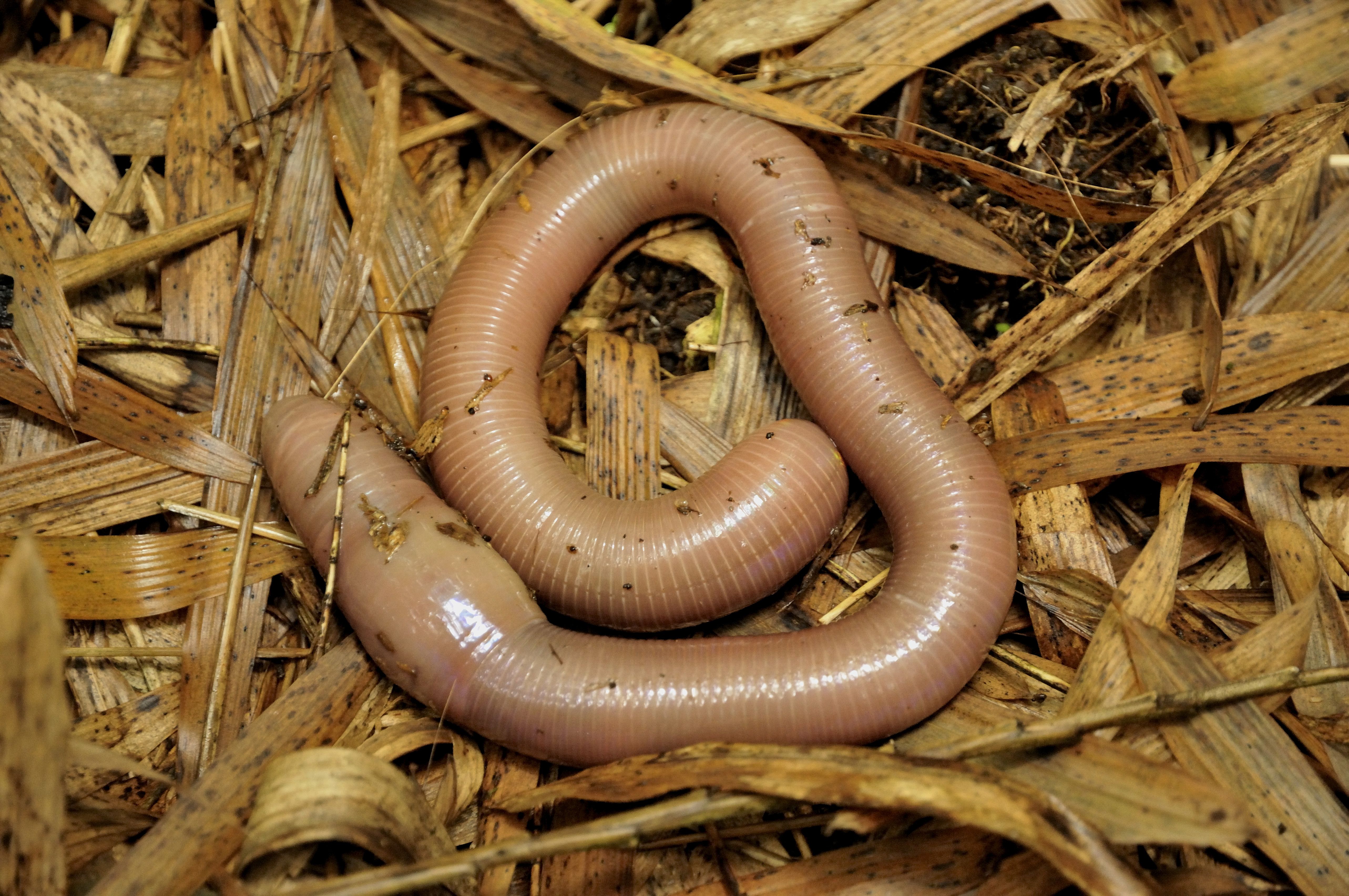

They seem to provoke a squeamish fascination, which makes them objects of curiosity. Some earthworms possess bioluminescence – the ability to glow.Īlthough the average common earthworm is of little interest to the general public, giant earthworms are a different story. Many species of earthworm possess an amazing ability to repair injuries and even to regenerate. The egg cocoon is laid in the soil and after incubation one young worm hatches, then continues to grow until reaching maturity. To reproduce, two worms mate, they then separate and each produces an egg in a cocoon. The waste products or castings are excreted.Įarthworms have five hearts to pump fluid around their bodies.Įarthworms are hermaphrodite ie single individuals possess both eggs and sperm. The food then passes to the intestine where it is digested and absorbed. The diet of earthworms consists of organic matter and debris To feed, the earthworm everts a pharynx through its mouth which grabs the food, which then passes to a gizzard which contains grit (much like a bird) and grinds the food. They also do not have eyes but can detect light through light sensitive tissues on their headĮarthworms do not have lungs, they breathe through their skin and consequently their outermost layer of skin must remain moist, this restricts their area of habitation. They do not have an external skeleton like an insect or an internal skeleton like a snake they rely on their muscles alone to maintain their structure. The earthworms move by contracting and relaxing the muscles in successive segments, which produces a wave-like movement, while gripping the side of the tunnel with the front setae and drawing up their rear setae. They excavate tunnels through the soil.Įarthworms are segmented worms that belong to the class Oligochaeta, a name that describes their bristles or setae. Actually they are quite complex animals and although they are very familiar to us, how they live is quite unfamiliar.Įarthworms are terrestrial and are found in soil, leaf litter, under stones and logs in many habitats. There are approximately 1000 species of earthworms in Australia, they are great improvers of the soil, and are popular with gardeners and invertebrates fans, but are regarded as boring and unappealing by most other people.


 0 kommentar(er)
0 kommentar(er)
